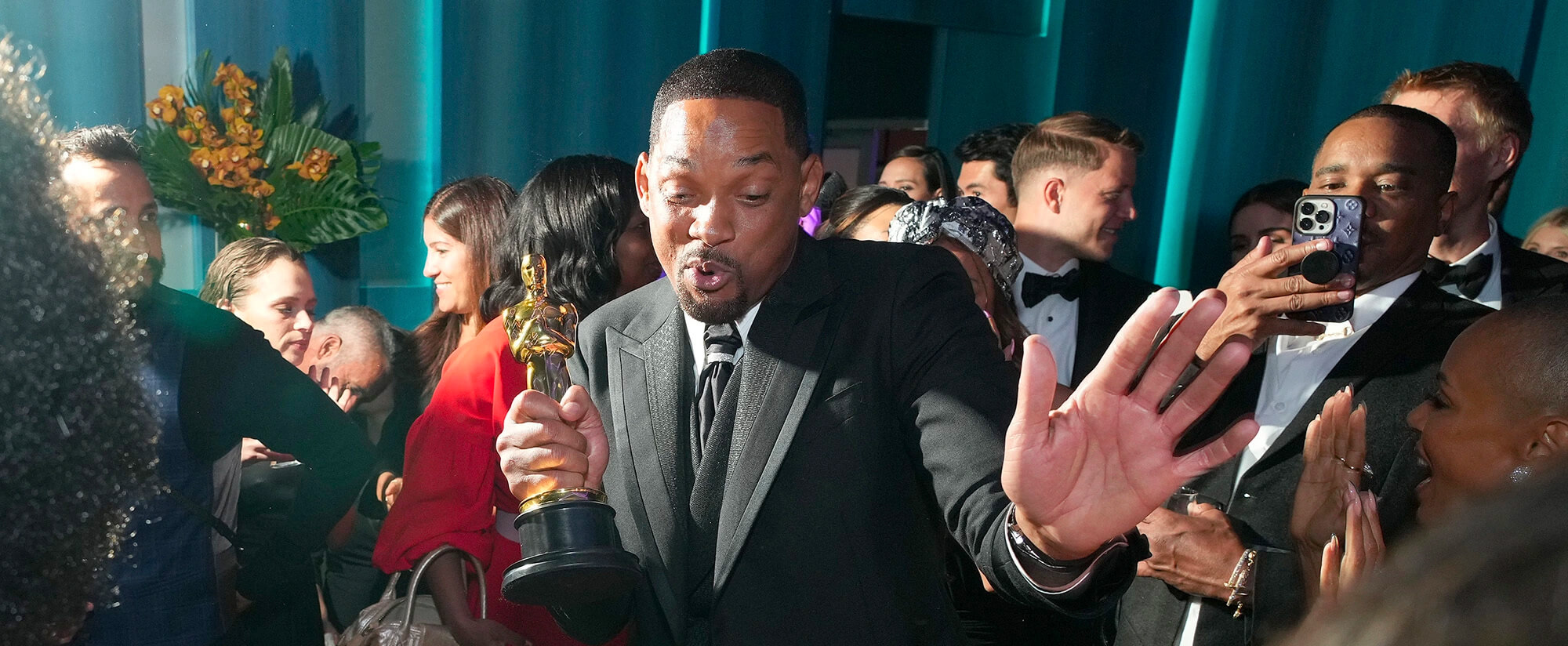We all get sick of buzzwords. When a word is overused, it simultaneously becomes full of meaning and also meaningless — so much so that everyone has their own idea of what it means. In 2022, ‘metaverse’ has been such a word. Since the term was coined in 1992, its contextual meaning has evolved significantly, but ultimately, it still describes a virtual world.
In a nutshell, the current iteration of the metaverse is a virtual place where people can use avatars to play games, socialise, shop, and work, usually with VR headsets.
We already live in a world where physical reality and virtual reality coexist; not just with VR technology but with algorithms micromanaging our digital spaces. All of our online behaviours are monitored — from purchasing and socialising to labour, culture, and news. So where does the metaverse fit into the picture?
Some tech giants claim it’s our future. Some gaming experts say it’s just a dull retail space. Many digital media reporters agree it’s not even close to reaching its full potential. So, let’s investigate metaverse experiences; can they live up to their promises? Or are they just bad video games, made by and for people who don’t play video games?
Jump to section:
The promise and the present: what do metaverse experiences look like?
What does the metaverse have in common with video game virtual worlds?
How does virtual commercialism impact metaverse experiences?
Sentiment and science fiction: do consumers prefer the real world?
How can we reach the potential of the metaverse?
The promise and the present: what do metaverse experiences look like?
Facebook’s vision for the next phase of the internet, along with its rebranding as Meta, has been largely responsible for bringing the metaverse concept into public consciousness. Notably, Mark Zuckerberg’s Connect 2021 presentation explored their vision and built hype around a metaverse integrated with everyday life — from playing sports to catching up with friends.
Of course, there isn’t really a metaverse yet (as Zuckerberg was careful to point out). The space is constantly evolving as tech companies continue to make substantial investments to develop their ideas. The general vision involves an immersive 3D experience that connects computers, mobile devices, cloud-connected servers, and various other technologies.
However, for now the reality is a handful of bland, video-game-like experiences. They’re primarily focused on promoting brands and selling cryptocurrency, and rarely feel rewarding for the user. The promise of the metaverse feels far from fulfilled. And, importantly, few reporters seem to talk about it in actual human terms; it’s all tied up in technical jargon. So, consumers know it’s meant to be exciting and significant, but the appeal isn’t particularly clear to them.
What does the metaverse have in common with video game virtual worlds?
For the video gamers holding discussions in Reddit threads, blog articles, and YouTube videos, Zuckerberg’s vision of the metaverse isn’t particularly groundbreaking. Why? They’ve already been living it out… For 20 years now.
Launched in 2003, Second Life is an online platform where users create an avatar and go about daily activities in a virtual world. While Facebook’s (or Meta’s) metaverse is advertised as a place where you have a virtual version of your house, attend virtual meetings, and have a virtual workspace. So, is it simply a VR-compatible iteration of Second Life?
From World of Warcraft to Animal Crossing to Roblox, video games with sophisticated virtual universes are already all around us; complete with their own customisation, currencies, and curated experiences. In fact, many millennials who wouldn’t self-identify as ‘video gamers’ have still grown up spending time in virtual worlds; think The Sims, Habbo Hotel, IMVU, Club Penguin, and even Neopets (#nostalgia). Nowadays, popular titles like Minecraft and Skyrim are delivering greater immersion through VR functionality.
So, what are the first metaverse experiences — like Decentraland or Meta’s Horizon Worlds — offering that these video games don’t? Ultimately (and unfortunately), it seems like the main difference is access to real-world commercialism.
How does virtual commercialism impact metaverse experiences?
Metaverse experiences in 2022 come with an often-pervasive presence of advertising, brand partnerships, crypto, and NFTs. Not to mention, it costs hundreds of dollars to invest in an Oculus VR headset from Meta and you need a crypto wallet with the game’s token to access Decentraland. All that for a virtual reality version of Second Life?
Virtual commercialism is nothing new. Take Fortnite as an example; its global community of players are able to earn or purchase ‘V-Bucks’ as currency to further customise their experience. Across today’s gaming industry, product placement and microtransactions are mainstays. Particularly for consumers playing mobile games — where two-tap purchases deliver instant rewards and easy wins — the dopamine hit can become almost irresistible.
So what are metaverse experiences and video games doing differently? In general, video games prioritise the player’s experience and immersion; commercial elements are positioned as opportunities to enhance gameplay. In contrast, metaverse platforms often compromise the user’s experience by including disruptive, tedious, or clumsy advertising. Compound that with existing consumer concerns about their data being misused, and the vibe feels even less comfortable.
The outcome is a collection of awkward, blatantly commercial spaces. They feel like the brainchild of people who know nothing about video games, trying to cash in on the game craze. That’s not to say that metaverse advertising is off the cards altogether; but an integrated, ‘audience-first’ approach would likely go a long way in combatting disengagement and creating experiences that more consumers will actually want to have.
Sentiment and science fiction: do consumers prefer the real world?
Didn’t we all want this? The world went mad for futuristic movies like Ready Player One, so why isn’t it working out the way we expected?
Well, for one thing, the current promotion of the metaverse seems to forget that the futures in these science fiction movies occurred after an apocalyptic event — the stories are dystopian. The characters are virtually attending all their everyday activities because they don’t have a choice. For us, now emerging from a global pandemic, being outside and meeting our loved ones in person has become a luxury we don’t want to lose.
Iceland’s tourism board expressed that very sentiment in a November 2021 video, in which a man with a striking resemblance to Zuckerberg introduces us to ‘The Icelandverse’. The man, called ‘Chief Visionary Officer Zack Mossbergsson’, explains that The Icelandverse is ‘enhanced actual reality without silly-looking headsets’. This parody deftly reflects how many people are feeling about the metaverse – namely, that they would prefer to experience real life.
According to a Harris poll, only 38% of Gen Zs agree that the metaverse is the next big thing; a perception largely influenced by privacy concerns, ethical considerations, and poor immersion stemming from graphical limitations. As it stands, these early-stage platforms are a long way off from presenting aesthetically appealing worlds. Video games are further along in this pursuit; but as the Icelandverse video makes clear, the real thing is pretty hard to beat. So, if it’s going to be a valuable addition to our lives, the metaverse needs to do more than what we’ve seen in science fiction.
How can we reach the potential of the metaverse?
The potential of metaverse experiences is undeniably big. And sure; as the tech continues to improve, the spaces will become more immersive and appealing. But it’s just as important that the thinking behind the spaces also evolves in the right direction.
For the metaverse to arrive at the destination it’s aiming for, it should look to the gaming world. Game developers create captivating virtual worlds that players return to time and time again; it’s all about making the digital experience rewarding, varied, and above all, genuinely enjoyable. If metaverse platforms and brands tapped into gamification through that user-first lens, they could develop truly captivating experiences.
Advertisers looking to develop richer, more enjoyable branded spaces can do so using the distinct characteristics present in games. Compelling objectives and challenging roadblocks build curiosity and hold attention whilst sparking opportunities for entertainment. A scoring system or feedback loop makes the game rewarding and keeps people invested.
This gamified approach doesn’t have to be complicated. Just look at This is Perth, a TikTok game-show-meets-content-engine we created this year. Simple guessing games like “Sing This Jingle” tap into branded stories, using nostalgia to spark an emotional response from the intended audience and nurture connections with them. If metaverse platforms used the core elements of an actual game to tap into the playful mindset of Gen Z, the user’s experience could start to feel more like a games night amongst friends and less like a cold, commercial space.
Ultimately, it comes down to crafting an experience the audience wants to have. As marketers, investigating why metaverse experiences miss the mark equips us with insights we can apply to our own work. Chances are, there’s a way your brand can tap into game theory; that’s a win for both your business and its audience.










